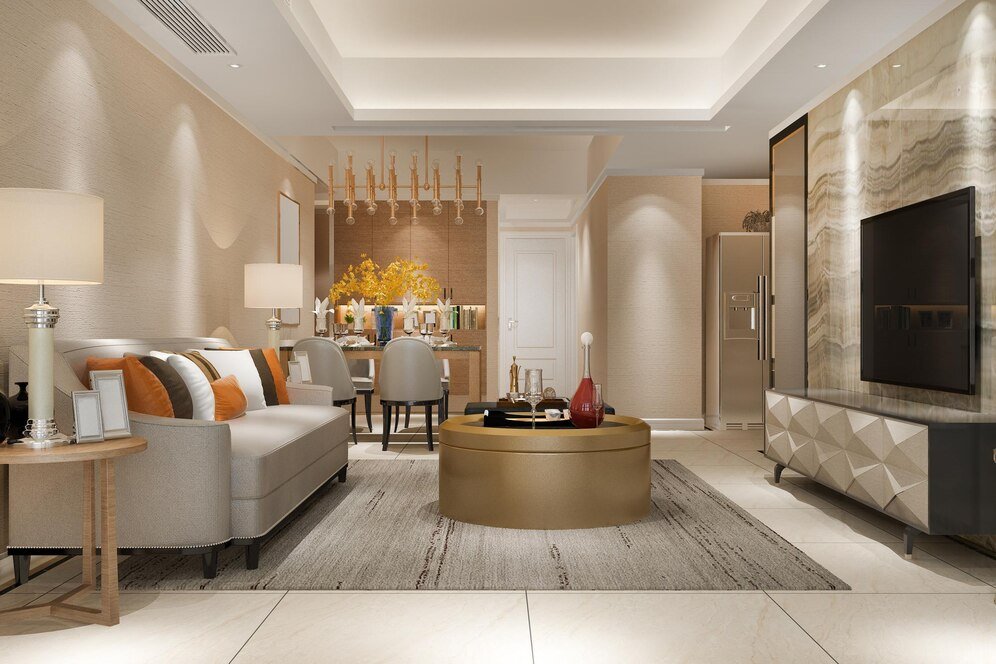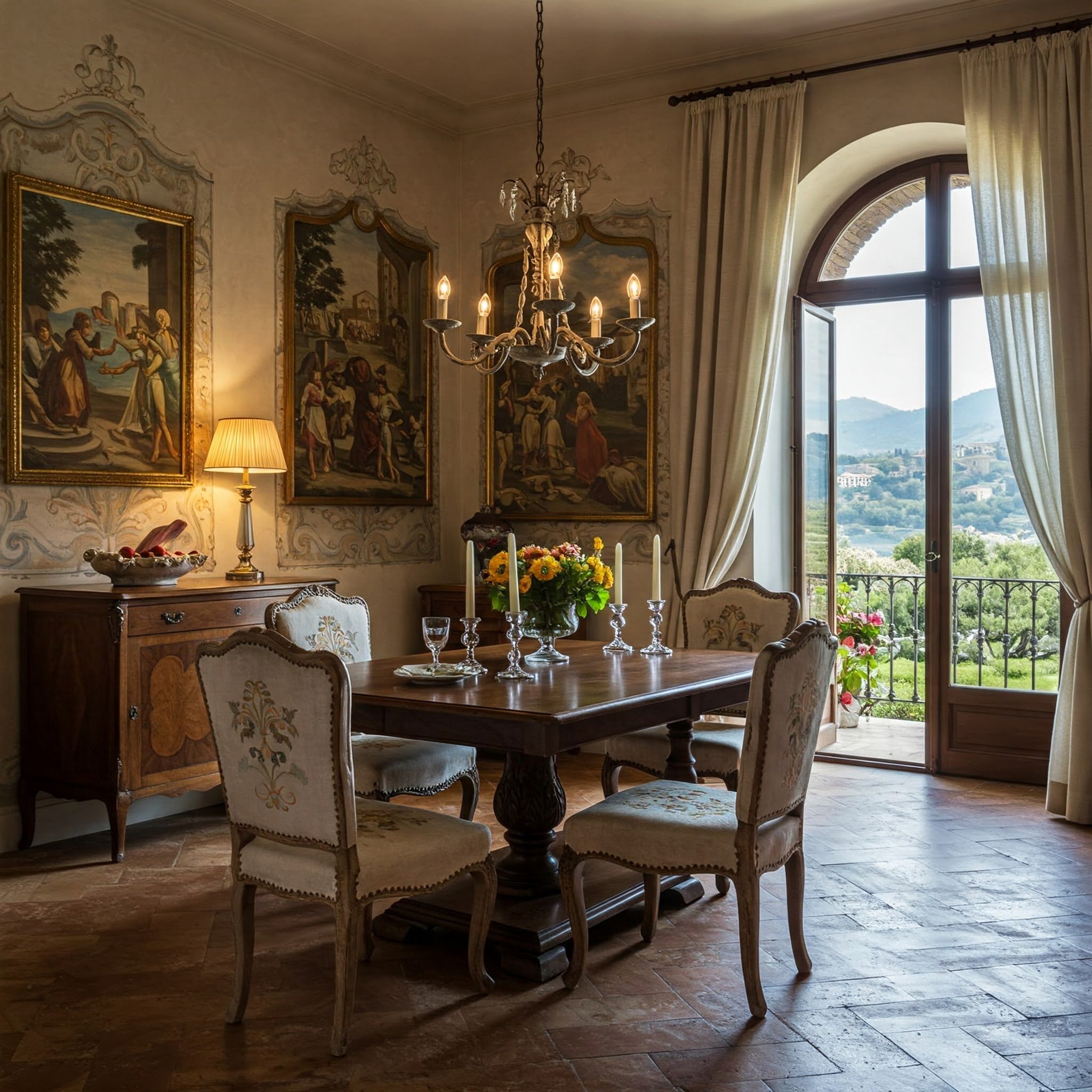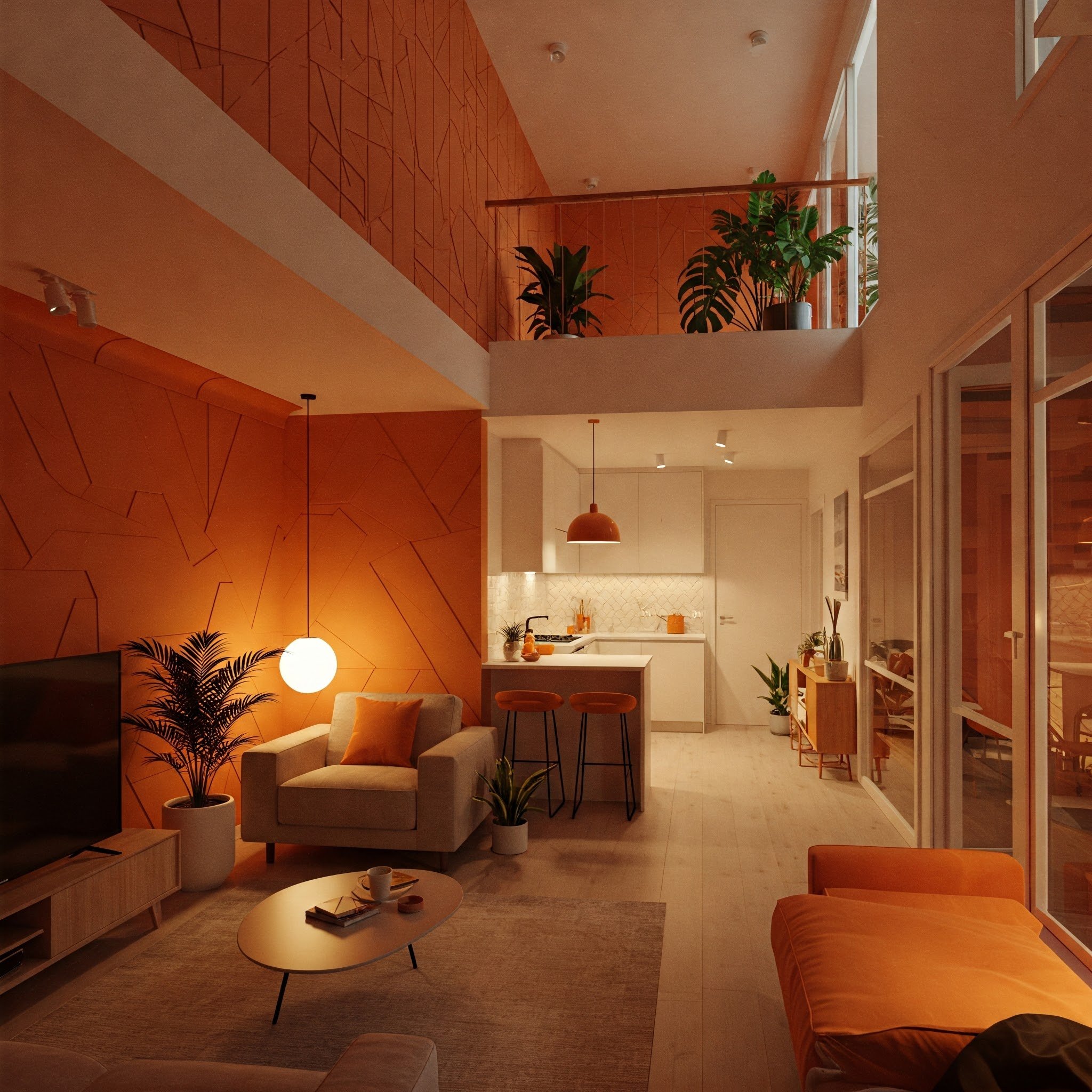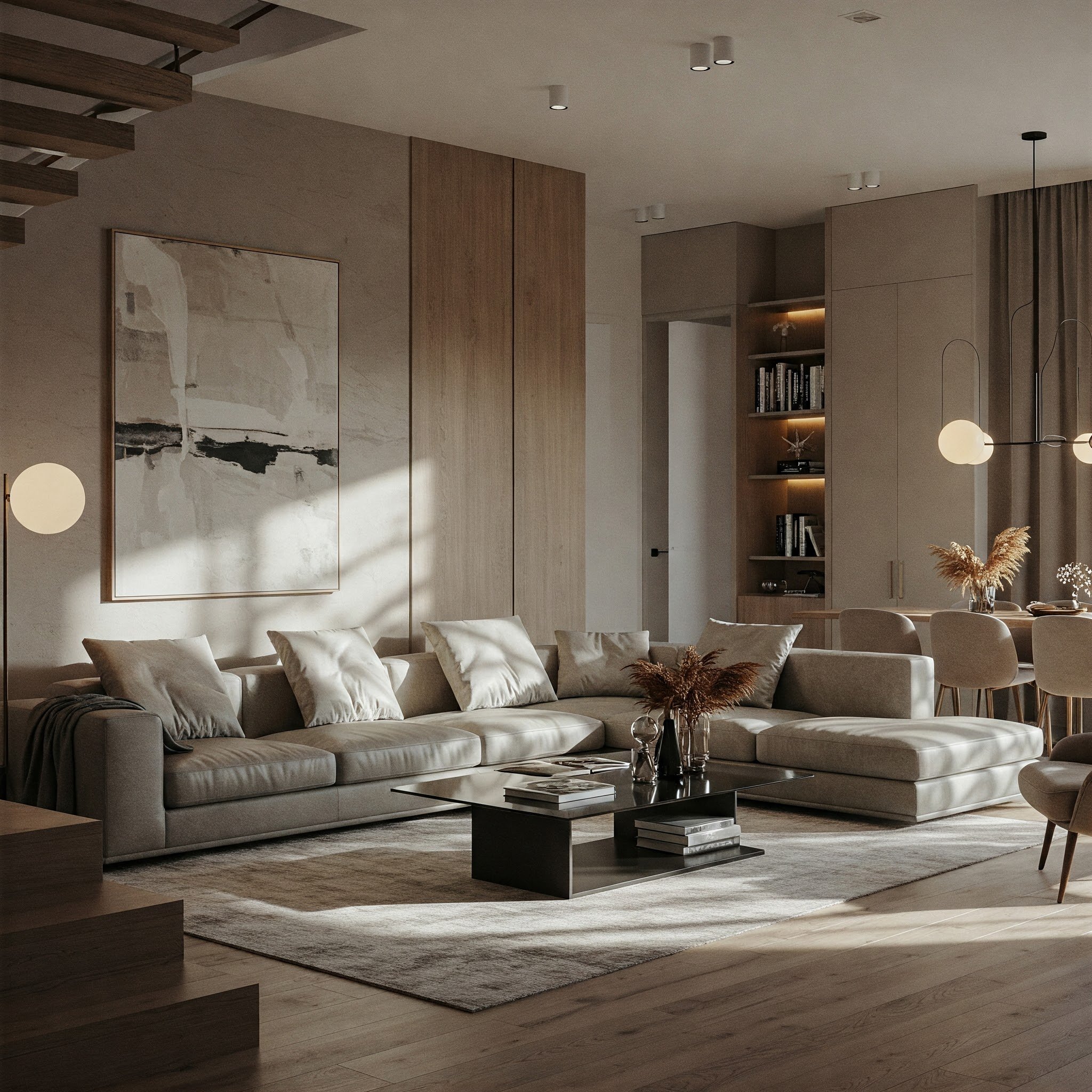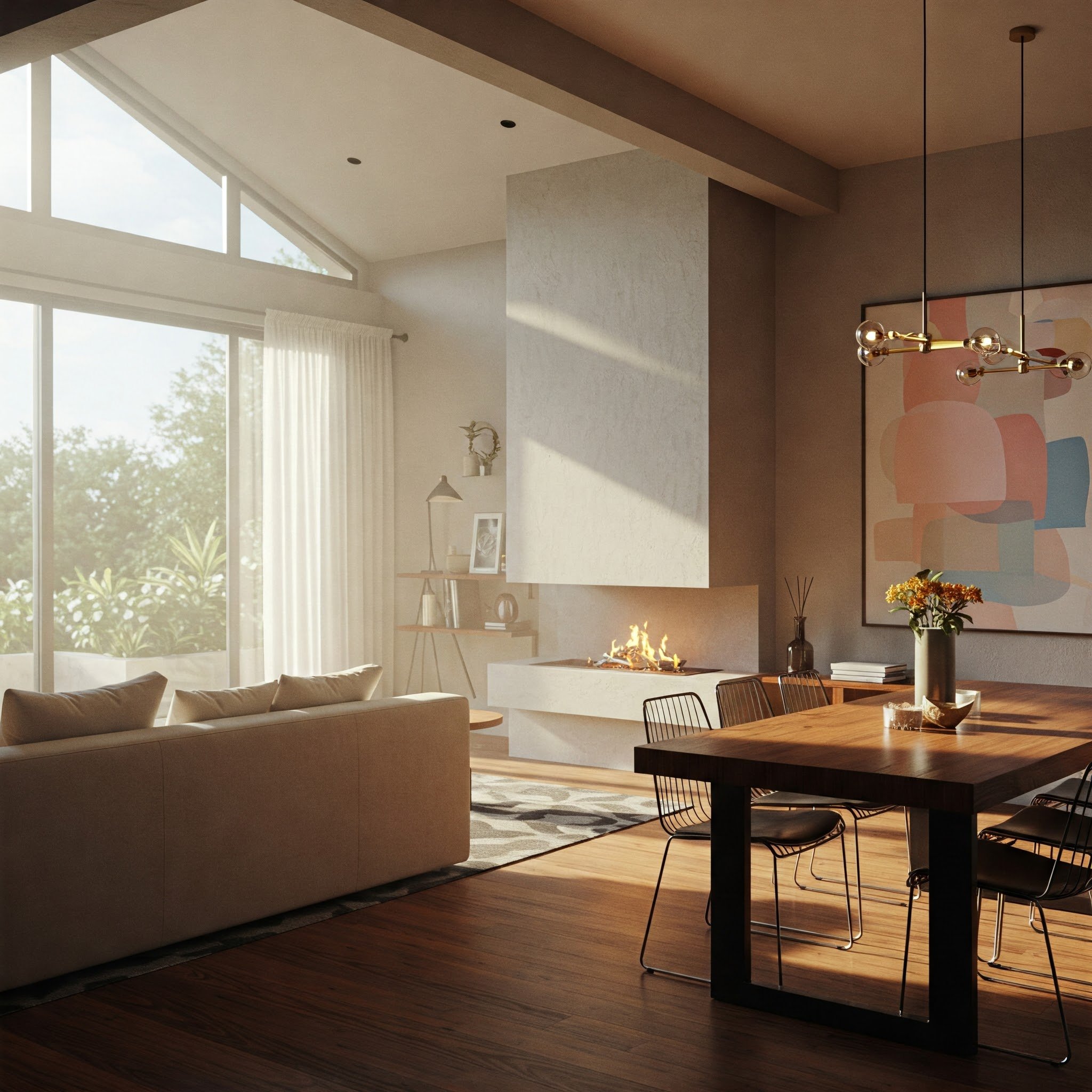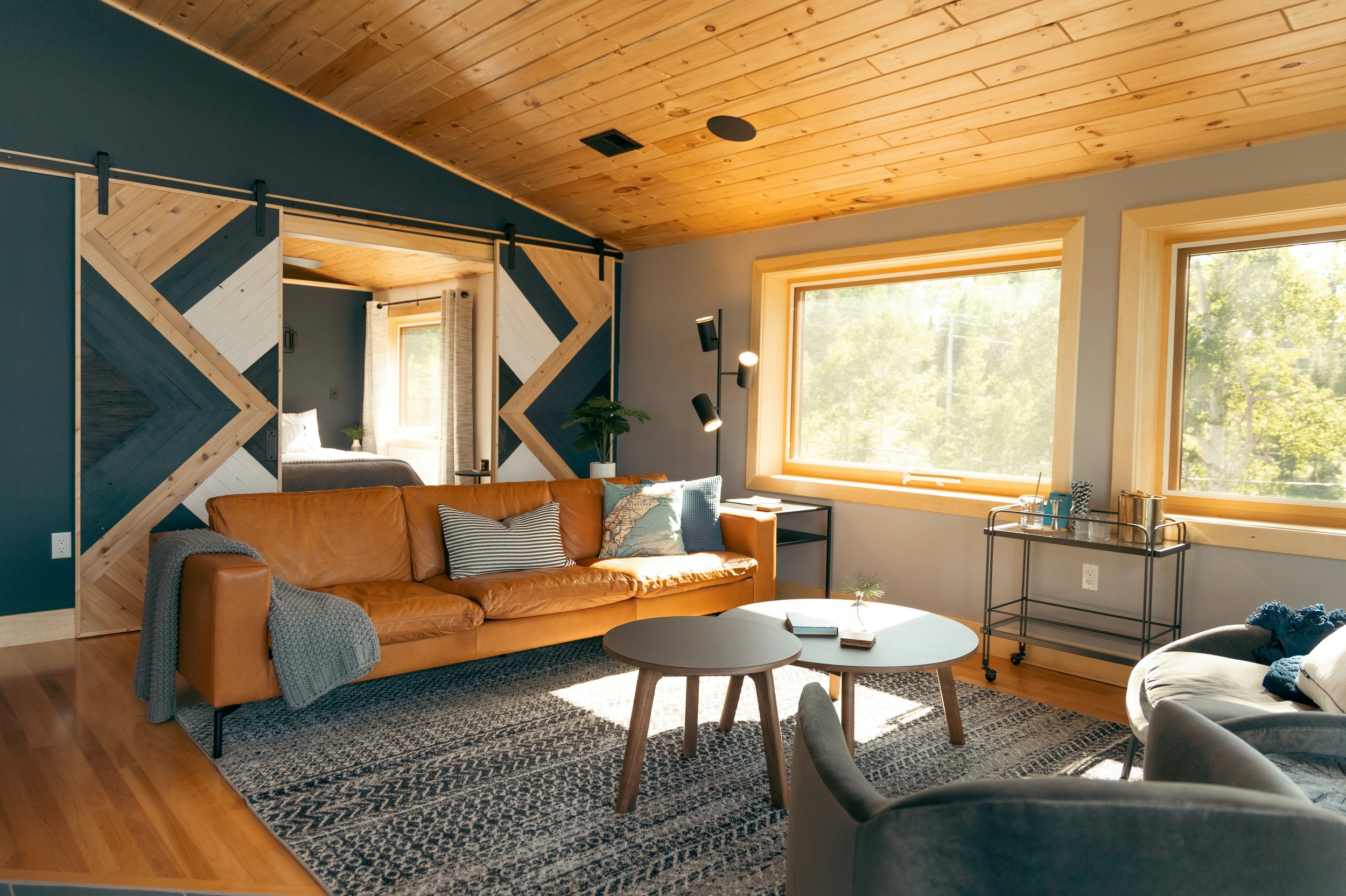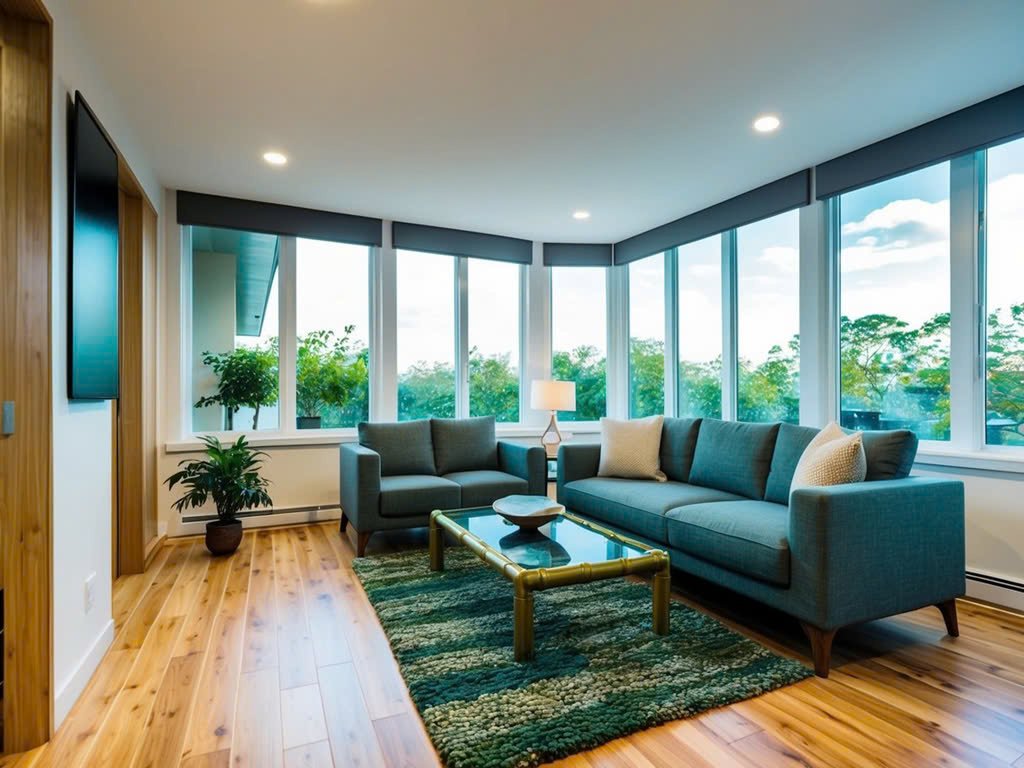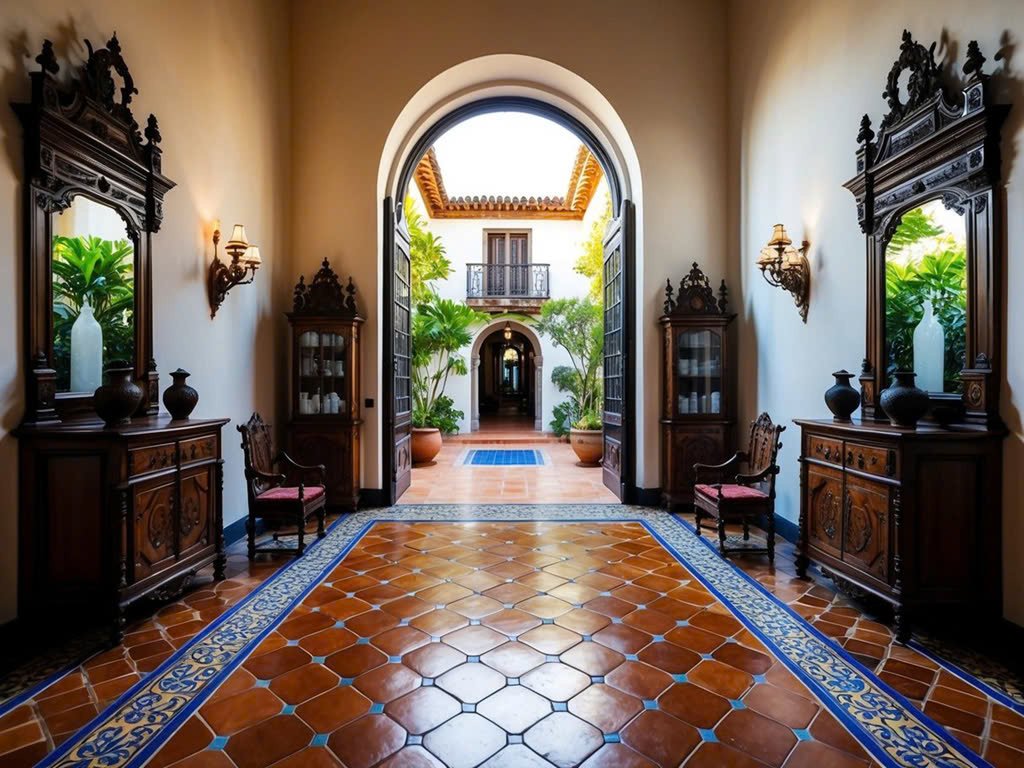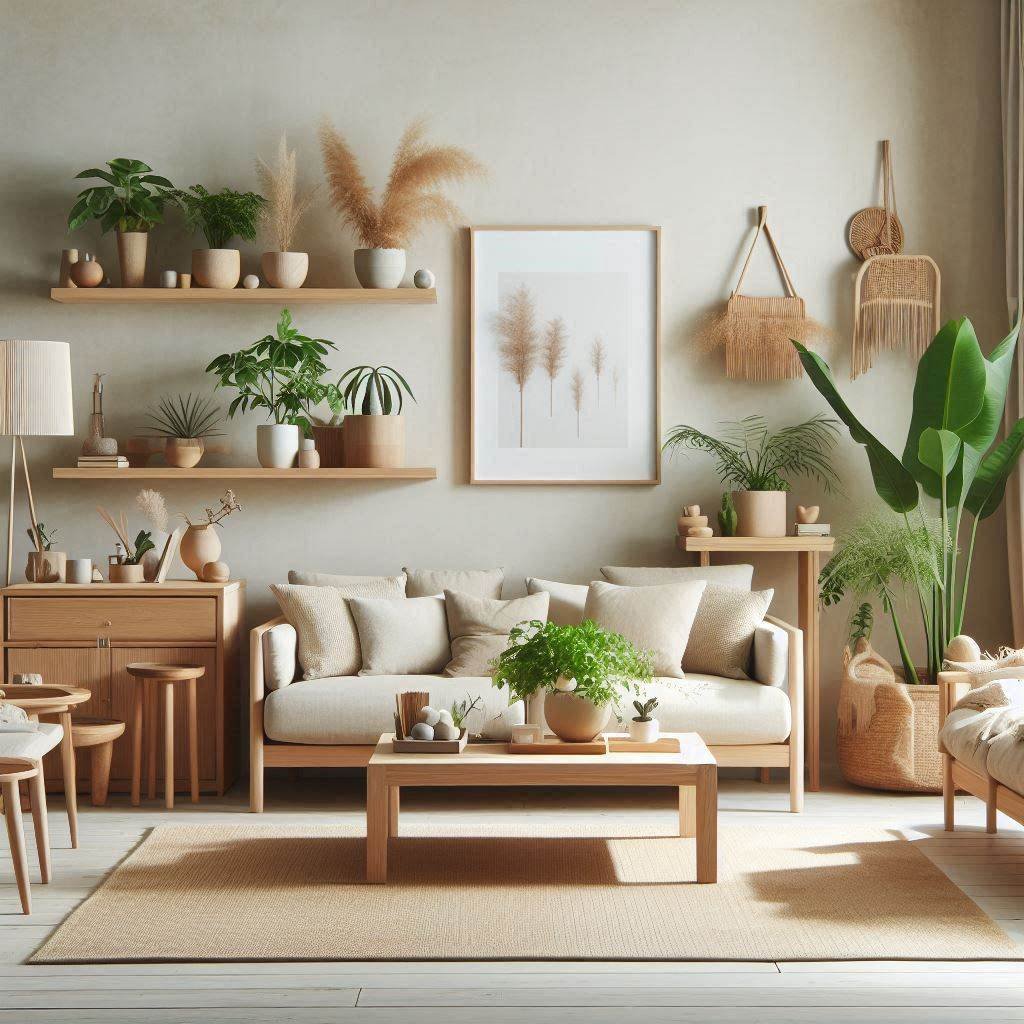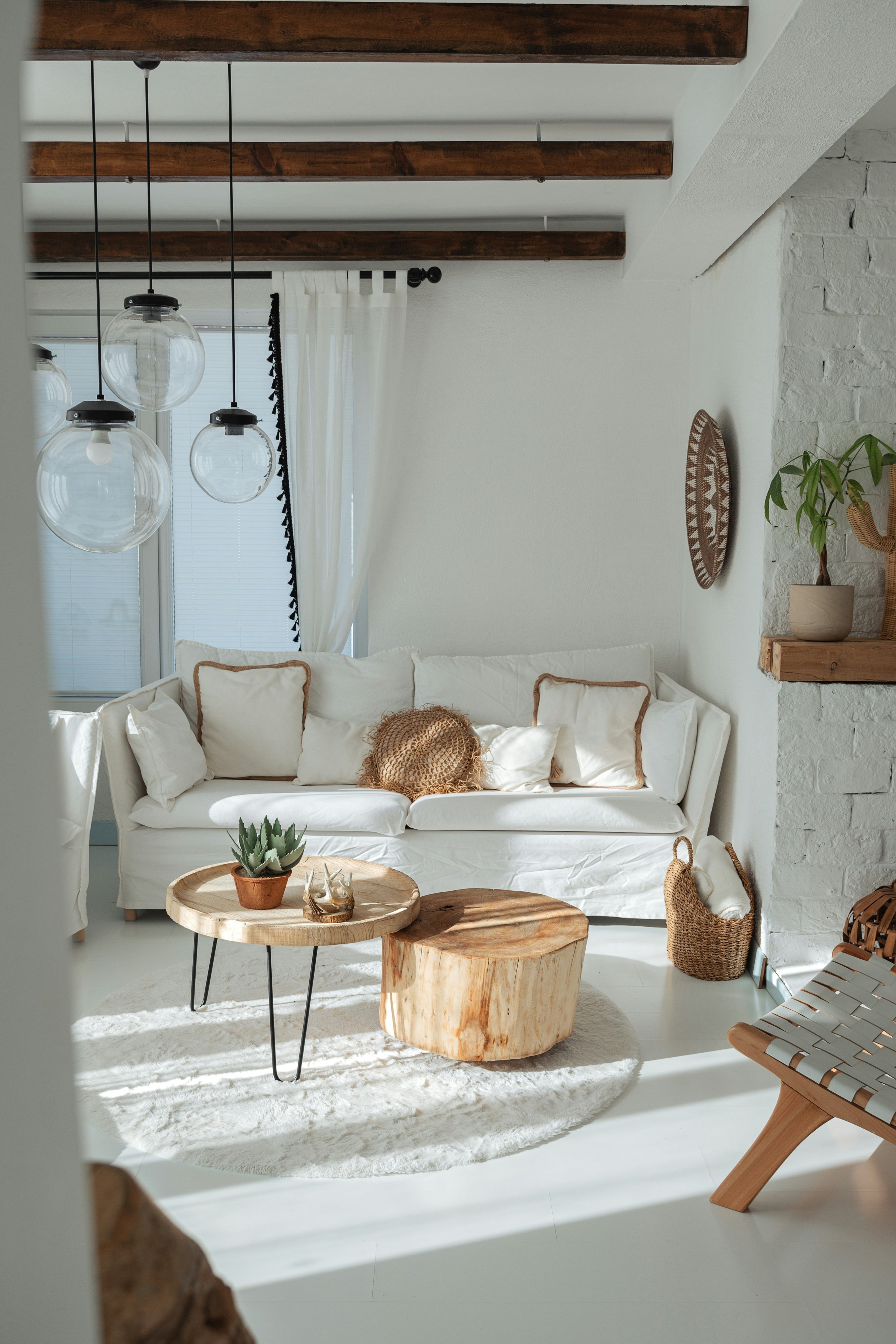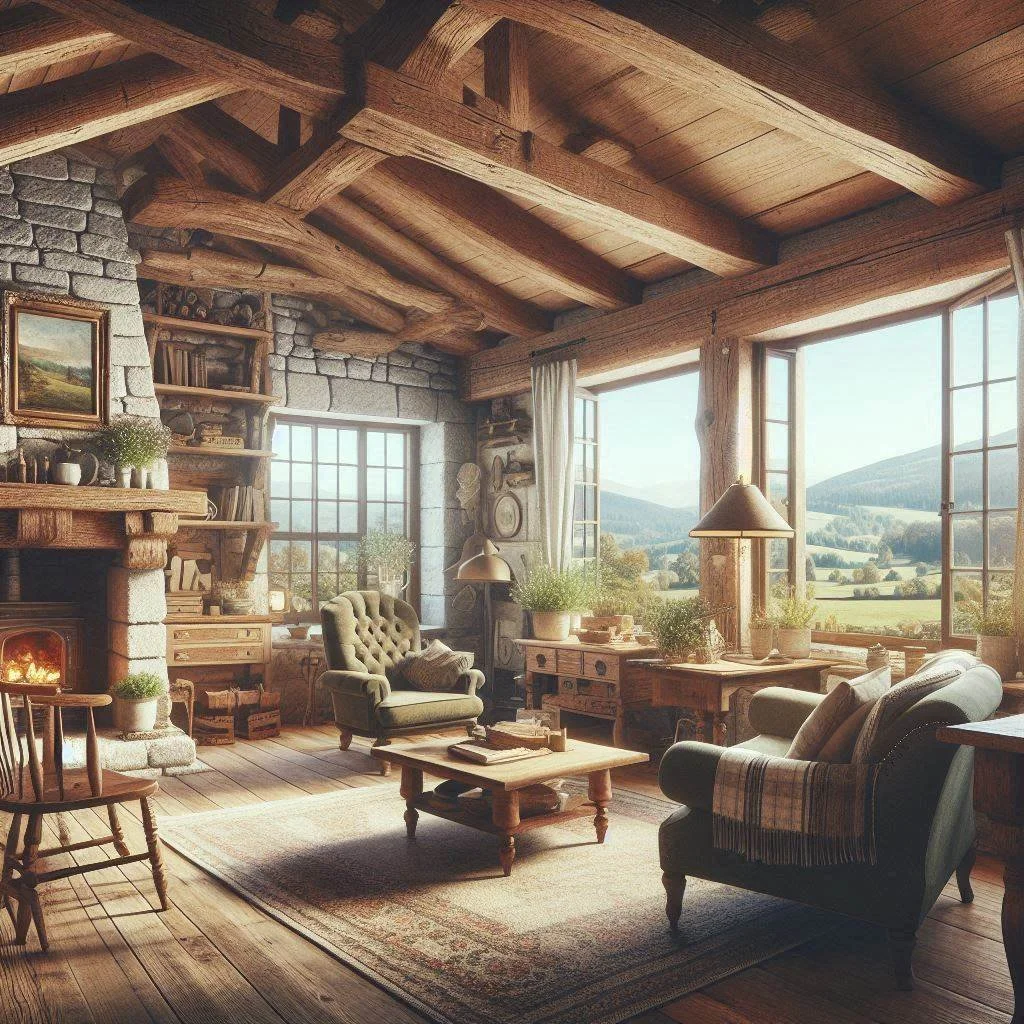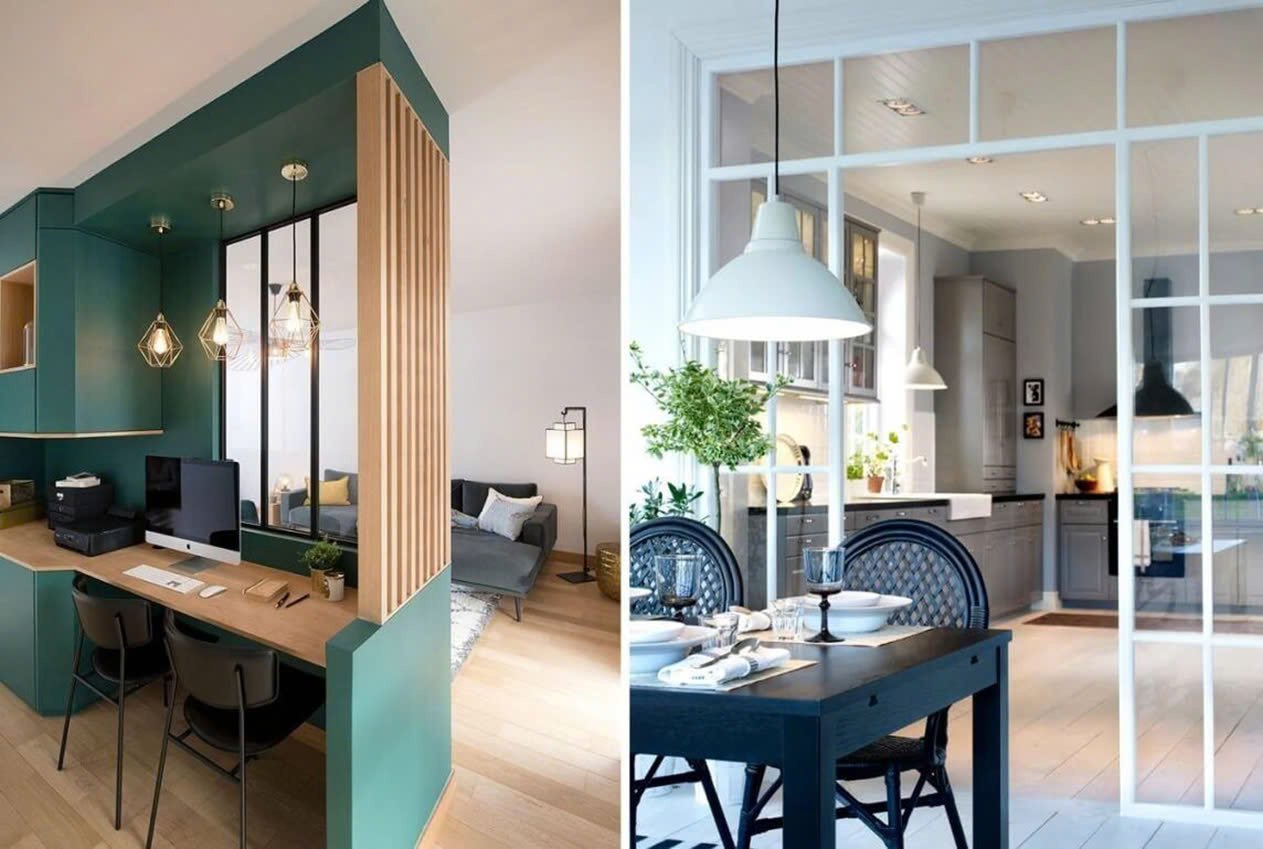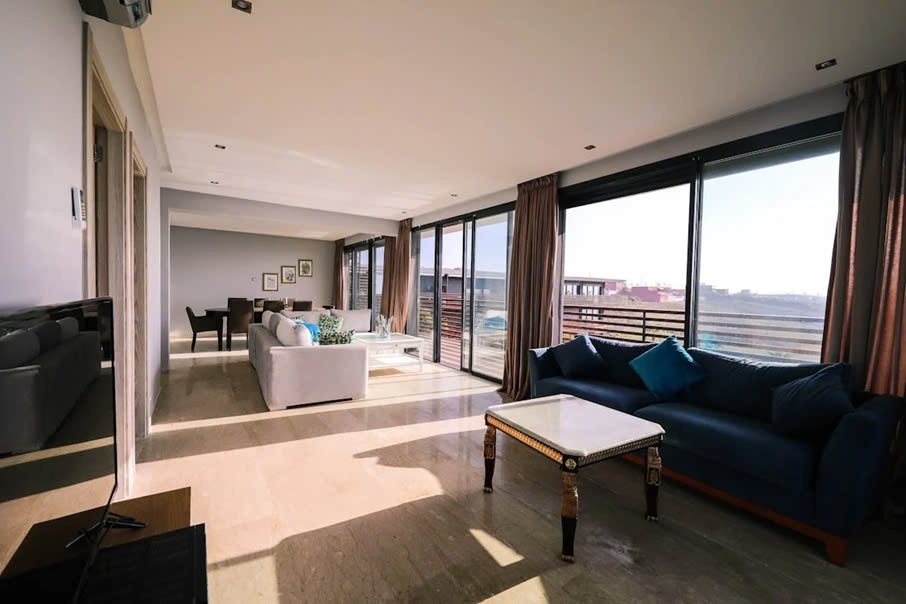The Home Seller’s Dilemma: When to DIY and When to Bring in an Interior Designer
Deciding whether to DIY or hire an interior designer when selling your home? Learn when to tackle updates yourself and when to call in a pro.
Ready to sell your home? Don't rush into it just yet. First, take the time to make a couple of changes to boost its curb appeal. Next, come up with a plan to promote your property in a way that highlights its best features.
For example, you could use interior design website templates to build a small site. Replace the default images with photos of your property, write a compelling listing, and customize the page titles as you see fit. When you're done, click "Publish" and share your website with real estate agents, potential buyers, or house flippers.
The challenge lies in making your home more attractive to buyers to ensure you get a good price. Depending on its condition, you could repaint the walls, update the flooring, dress up the front porch, or make small upgrades, such as installing new faucets.
These improvements can increase your home’s value by thousands of dollars and help you sell faster. The question is, should you hire an interior designer or take the DIY route?
Is It Worth Hiring an Interior Designer?
Selling a house is more or less difficult, depending on its age, location, and overall condition, but regardless of these factors, you'll want to maximize its value. According to Bankrate, home improvements can have a return on investment (ROI) of 20-100% or higher, increasing the property's sales price.
For instance, a midrange-budget bathroom remodel, which involves replacing the fixtures, will yield an ROI of around 67%. Let's see other examples:
● Minor kitchen model: 85.7% ROI
● Major bath model: 36.7%
● Garage door replacement: 102.7% ROI
● HVAC conversion: 103.5% ROI
● A full basement redo: 86% ROI
Even little things like freshening up the walls, installing ceiling fans, or painting the kitchen cabinets can increase your home's curb appeal and sales value. The reason is that well-maintained properties are more attractive to potential buyers, especially those who don't want to spend time and money on renovations.
An interior designer can help you determine which improvements pay off and how to get the most bang for your buck. For example, you may think that a major bath remodel is well worth it, but in reality, it has a lower ROI than small, strategic upgrades.
These professionals know the market and understand buyers' needs. Plus, it's their job to make your home look its best, whether that means rearranging the furniture, upgrading the lighting, or adding the right decor to create a warm and welcoming atmosphere.
The Perks of Working with an Interior Designer
Interior designers can identify your home's best features and spot issues that may deter buyers. After a thorough analysis, they'll devise a plan to highlight the former and address potential problems.
Let's say you have a small or oddly shaped room that serves as storage space. However, potential buyers may find it unnecessary and feel like they're not getting enough value for their money.
That's where a skilled designer can help. Depending on your budget, they could turn the room into a cozy reading nook, home office, or walk-in closet to bring out its potential.
These professionals can also help you maximize or brighten up your space, clear the clutter, and introduce stylish storage solutions. They could even refresh your kitchen or bathroom without a full remodel. Changes are, they’ll recommend simple yet effective improvements, such as using a different color scheme, replacing the hardware, or layering the lighting.
A good interior designer will do more than just make your home look nicer. Depending on their skills, they could:
● Optimize your home layout
● Improve the lighting
● Recommend cost-effective updates
● Depersonalize your living space before selling
● Elevate your home's perceived value
Some designers also provide home staging services, ensuring your space feels inviting and move-in ready. Thoughtful staging, fresh color palettes, and minor upgrades can make a property appear more high-end and add that "wow" factor.
In a Realtor survey, 15% of sellers saw the dollar value of their properties increase by 6-10% after home staging. More than 80% of buyers said these services allowed them to visualize the property as a future home.
How Much Does an Interior Designer Cost?
While there are plenty of reasons to hire an interior designer, you need to factor in the cost of their services. What you'll pay depends on their experience, location, pricing structure, and the square footage of your home.
Most designers charge a flat fee per project—though some may charge by the hour.
On average, expect to pay around $8,500 per project if you only need design work. This estimate doesn't include the cost of furniture, hardware, lighting fixtures, or decorations.
Hourly rates vary between $50 and $500, plus the cost of furniture and accessories. Alternatively, look for designers who charge by square foot ($5-$15 per sq ft) or as a percentage of the project cost (10-40%).
Another option is to work with interior designers who offer their services online. Since they don't have to travel, they often charge lower rates and have more flexible schedules.
These professionals use CAD (computer-aided design) software to create realistic 3D renderings and make custom recommendations. The downside is that they may not be able to get the feel of a home from the photos or videos received.
If you’re interested solely in home staging, be prepared to shell out $300 to $600 for an initial consultation—plus up to $600 per staged room. Also, take into account the cost of additional services, such as a professional paint job, electrical work, and flooring installation or repairs.
Should You Go the DIY Route?
If you're the DIY type, you can stage and prepare your home without hiring a professional. The costs will be significantly lower, but you'll pay with your time.
With this approach, you'll only spend on materials, furniture, and home decor items. Depending on the changes you're making, you may also need the services of a structural engineer, an electrician, or other contractors. But even so, you'll still pay less than what you'd have to pay for interior design services.
Another advantage is that you'll have more creative control since you get to choose every detail based on your budget and preferences. Plus, you can work at your own pace without waiting for appointments.
As far as the downsides go, you may not get the same results as you would if you hired a professional. Without a trained eye, it's easy to overlook design mistakes or miss opportunities to enhance your home's curb appeal.
For example, you may end up decorating your space based on what you like rather than what appeals to potential buyers. There's also a risk of buying the wrong materials or making poor design choices and throwing money down the drain.
Last but not least, interior design work is tedious and time-consuming. Researching trends, selecting décor, rearranging furniture, and other activities can take weeks or months, holding you back from putting your home on the market.
The choice is up to you. Consider your availability, skills, and budget, as well as the average cost of interior design services in your area. Also, think about your home’s value and what improvements you could make to increase the sales price. Put everything on paper, do the math, and decide on the best course of action.



